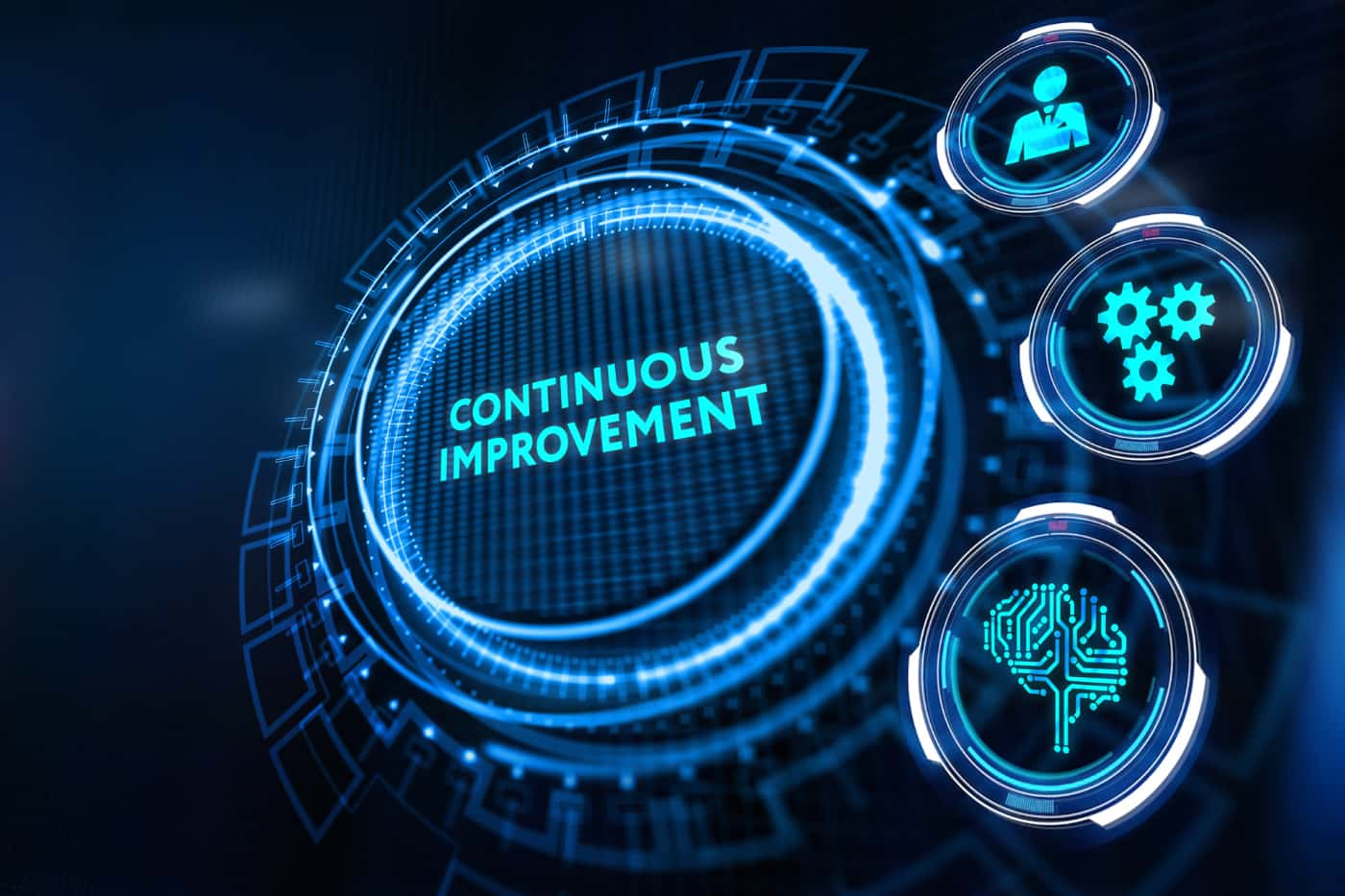
Continuous improvement is a powerful concept that can transform how businesses operate. But what exactly does it mean? Continuous improvement refers to the ongoing effort to enhance products, services, or processes through incremental changes. This approach aims to boost efficiency, quality, and overall performance. Imagine a factory that tweaks its assembly line to reduce waste or a software team that regularly updates its code to fix bugs. These small, consistent changes can lead to significant improvements over time. Whether you're a student, a professional, or just curious, understanding continuous improvement can help you see how little changes can make a big difference. Ready to dive into some intriguing facts? Let's get started!
What is Continuous Improvement?
Continuous improvement is a method used to identify opportunities for streamlining work and reducing waste. It’s an ongoing effort to enhance products, services, or processes. Here are some fascinating facts about continuous improvement.
-
Origin in Japan: Continuous improvement, or Kaizen, originated in Japan after World War II. It means "change for better" and focuses on small, incremental changes.
-
Toyota Production System: The Toyota Production System (TPS) is a famous example of continuous improvement. TPS emphasizes efficiency and eliminating waste.
-
Employee Involvement: Continuous improvement relies heavily on employee involvement. Workers at all levels contribute ideas for improvement.
-
PDCA Cycle: The Plan-Do-Check-Act (PDCA) cycle is a core tool in continuous improvement. It helps teams plan changes, implement them, check results, and act on what they learn.
Benefits of Continuous Improvement
Implementing continuous improvement can bring numerous benefits to organizations. These advantages help businesses stay competitive and efficient.
-
Increased Efficiency: Continuous improvement helps identify and eliminate inefficiencies, leading to smoother operations.
-
Cost Reduction: By reducing waste and improving processes, companies can significantly cut costs.
-
Enhanced Quality: Continuous improvement focuses on quality enhancement, leading to better products and services.
-
Employee Satisfaction: Involving employees in improvement processes can boost morale and job satisfaction.
Tools and Techniques
Various tools and techniques are used in continuous improvement to analyze and enhance processes. These methods help organizations achieve their goals effectively.
-
5S Methodology: The 5S methodology (Sort, Set in order, Shine, Standardize, Sustain) helps create organized and efficient workspaces.
-
Six Sigma: Six Sigma is a data-driven approach to eliminate defects and improve quality.
-
Value Stream Mapping: This tool visualizes the flow of materials and information, helping identify areas for improvement.
-
Root Cause Analysis: Root cause analysis helps identify the underlying causes of problems, allowing for more effective solutions.
Real-World Applications
Continuous improvement is applied in various industries, from manufacturing to healthcare. These real-world applications demonstrate its versatility.
-
Healthcare: Hospitals use continuous improvement to enhance patient care and reduce errors.
-
Manufacturing: Factories implement continuous improvement to streamline production and reduce waste.
-
Service Industry: Service providers use continuous improvement to enhance customer satisfaction and service quality.
-
Software Development: Agile and DevOps methodologies in software development are based on continuous improvement principles.
Challenges and Solutions
Implementing continuous improvement can come with challenges. Understanding these obstacles and finding solutions is crucial for success.
-
Resistance to Change: Employees may resist changes. Effective communication and involvement can help overcome this.
-
Lack of Resources: Limited resources can hinder improvement efforts. Prioritizing initiatives and securing management support is essential.
-
Sustaining Improvements: Maintaining improvements over time can be challenging. Regular reviews and updates are necessary.
-
Measuring Success: It can be difficult to measure the success of continuous improvement initiatives. Clear metrics and regular assessments are vital.
Future of Continuous Improvement
The future of continuous improvement looks promising with advancements in technology and evolving business practices.
- Digital Transformation: Technologies like AI and IoT are enhancing continuous improvement efforts, making processes more efficient and data-driven.
The Power of Continuous Improvement
Continuous improvement isn't just a buzzword; it's a game-changer. Embracing this mindset means always looking for ways to get better, no matter how small the steps. Companies that focus on continuous improvement often see increased efficiency, higher employee morale, and better customer satisfaction. It's about creating a culture where everyone feels empowered to suggest changes and take ownership of their work.
Small, incremental changes can lead to significant results over time. Whether it's streamlining a process, reducing waste, or improving communication, every little bit helps. The key is to stay committed and keep pushing forward. Remember, it's not about perfection; it's about progress.
So, start today. Encourage your team to think critically and share their ideas. Celebrate the wins, learn from the setbacks, and keep moving forward. Continuous improvement is a journey worth taking.
Was this page helpful?
Our commitment to delivering trustworthy and engaging content is at the heart of what we do. Each fact on our site is contributed by real users like you, bringing a wealth of diverse insights and information. To ensure the highest standards of accuracy and reliability, our dedicated editors meticulously review each submission. This process guarantees that the facts we share are not only fascinating but also credible. Trust in our commitment to quality and authenticity as you explore and learn with us.


